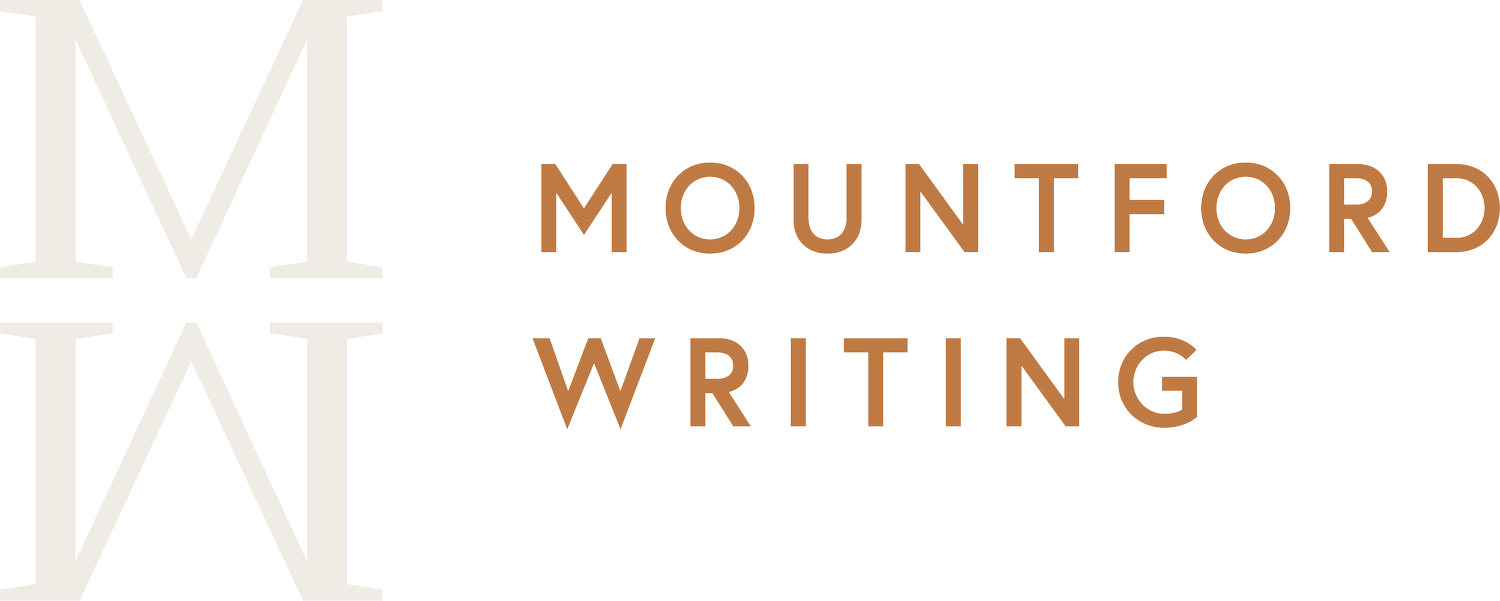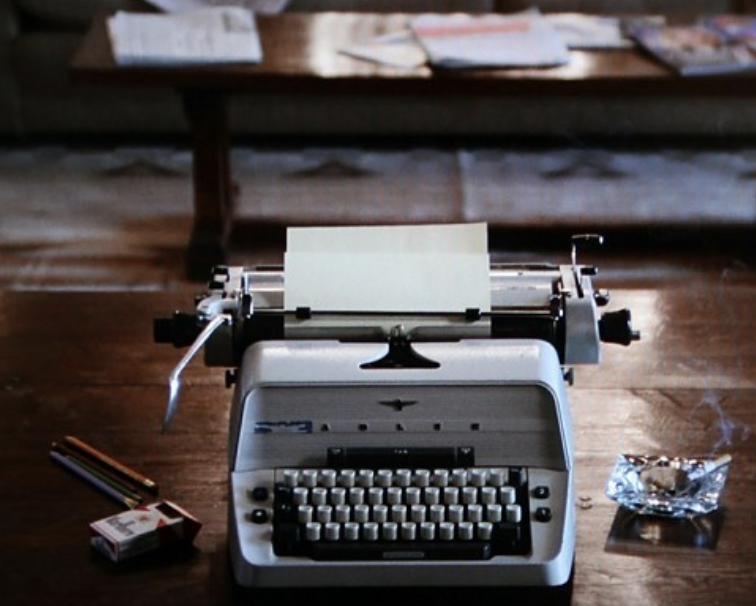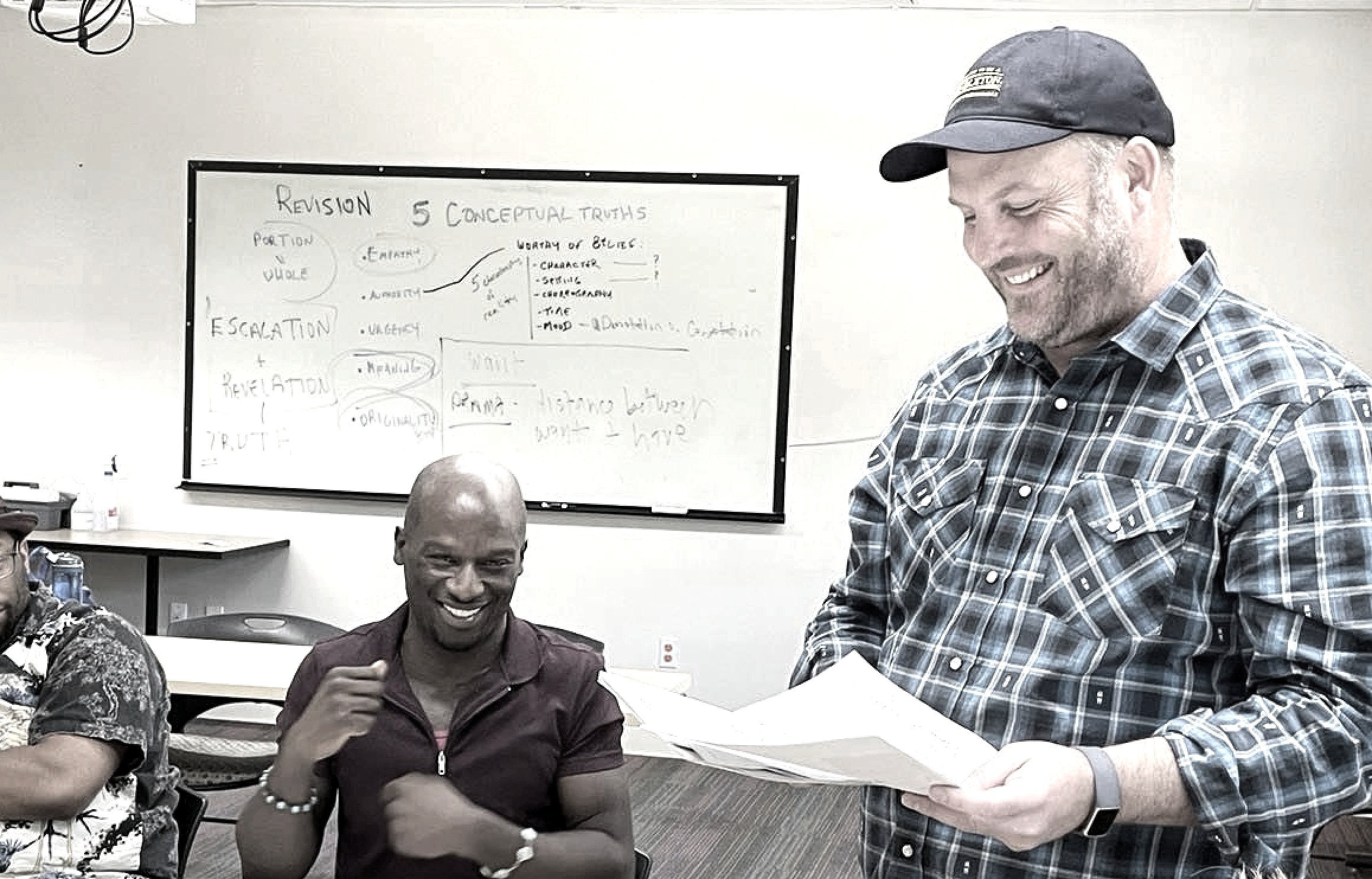Nine Types of Personal Essays
What’s a personal essay? It depends on who you ask. Here, I’ll discuss essays intended for publication and sharing with an adult audience. Not college essays, but types of personal essays typically found in magazines, newspapers, and literary journals.
Some personal essays are very short. Some are experimental, some are funny, and some are technical.
6 Types of Literary Personal Essays
I use the umbrella term “literary personal essays” for various types of essays that you might find in literary journals like Missouri Review, AGNI, swamp pink, and Brevity. Sometimes these essays use more figurative language, and they’re far more likely to feature experimental forms.
Many memoir essays fit within literary journals, and you can often use a personal essay prompt to generate a good literary essay.
Pros: Publishing in these places can be prestigious, something you’ll proudly put in your author’s bio.
Cons: Not many readers, often less pay or even payment with copies, and you’ll likely need to pay to even submit your work.
Publications: Literary journals and literary essay contests. Use a tracker like Duotrope to find markets and track your submissions.
1. Lyric essay or literary essay
Lyric essay is a term that’s loosely defined but generally applies to literary essays that have poetic qualities (heightened language, sounds great when read aloud). These are often adventurous in style.
Examples: A Disassembled Room by M.D. McIntyre or Mary Gaitskill's "Lost Cat."
2. Collage essay
Another kind of literary personal essay, collage essays are particularly hard to pull off. This is an experimental form contemplating a subject using fragments of narrative and found material.
Example: The acrostic collage you see at Son of Mr. Green Jeans: An Essay on Fatherhood, Alphabetically Arranged by Dinty W. Moore, now editor of Brevity.
3. Braided essay
Mostly only found in literary magazines, these often are longer essays, ranging from 2000-7000 words. Due to their length, they can be hard to publish. Braided essays are ambitious, braiding together three (or more) storylines. The multiple storylines make it possible to write a 20-page essay that stays engaging.
Example: Fourth State of Matter. This riveting, beautiful, shocking and funny essay by Joann Beard braids together invading squirrels, a dying dog, her husband leaving her, and a workplace shooting.
4. Descriptive (portrait) essay
One of my favorites! I've done a few of these. They often take the shape of: "Let me tell you about this difficult and complex person I used to know. I learned a lot from him, I realize now."
The descriptive essay is about someone other than the narrator, such as a relationship with a family member. Pitfall: You can't simply talk about how awesome the person is — everyone’s flaws need to be on display.
This form can be one way to "escape" from the trap of talking about yourself, which can feel stifling or awkward.
Example: The essay "Mister Lytle" by John Jeremiah Sullivan.
5. Flash essay
Short, really short: 500-1000 words. From a craft standpoint, flash essays have much in common with prose poetry. No word can be superfluous. The end of a flash nonfiction essay doesn't feel too tidy yet provides that satisfying turn often seen in poetry.
Example: My Father Reads a Poem to Me by Yi Shun La
6. Horseshoe Crab
A "horseshoe crab essay” is when an essay pretends to be something that it's not—it’s disguised, like a horseshoe crab. In the Samantha Irby example below, she writes the essay as if filling out an application to be a contestant on The Bachelorette.
Example: Sam Irby’s “My Bachelorette Application.”
3 types of General Audience Essays
These essays appeal more widely to a general audience and are more accessible. If you play your personal essay cards right, they’re easier to get published—but doing so requires considerable skills. Carefully read the advice editors give on writing personal essays.
Pros: Good pay and lots of people will read your essay, which might go viral.
Con: Your mom will read your essay.
Publications: New York Times, GQ, Salon, glossy magazines.
7. "Modern Love" style essay
Usually 1500 words. This is a pure personal essay. It needs a strong hook in the opening sentence, with often 2-3 scenes. These essays are bound together by theme.
The Modern Love essay often says: I tried something that didn't work. Now I've learned something and am adjusting. It's hard, but this is the wisdom I've gleaned. Generally speaking, they are approachable.
Example: The Modern Love column at the NYT.
8. Personal reported essay
Often about 800-1500 words. Maybe your best hope of having an essay go "viral." These essays feel a little like journalism, but they're not.
The reported essay will involve some light research—statistics, perhaps, or quotes from interviewing someone. You're telling a personal story, but it's also about a newsworthy subject. Crucially, these pieces often pose a surprising or unexpected opinion. Not a scandalous opinion, but it's a bit surprising.
Sometimes first-person travel pieces are reported essays, as well. Wells Tower wrote a great one about going to Burning Man with his father. On the surface, this reported essay is about Tower and his father. But it's also about Burning Man and anyone Burning Man-curious.
Example: My essay about how I helped a Russian pirate translator "steal" my first novel in The Atlantic. In that case, the essay is about something I experienced...but it's also about intellectual piracy, intellectual property, and a couple of other things. These essays are sometimes timely, but sometimes not.
9. Personal op-ed essay (aka the persuasive essay)
These personal essays argue for or against an idea, and range from 650-1500 words, though often on the shorter side, especially if they are to appear in a newspaper. Personal opinion essays often feature somewhat clickbaity headlines.
Like an op-ed, the essay article argues a point, but a personal point. The New York Times runs one or two of these each weekend. The great writer Jennine Capo Crucet has written several of them for the NYT, and R.O. Kwon has also written remarkable personal essays framed around an opinion.
Example: Amy Chua wrote an op-ed for the Wall Street Journal that said that the American way of parenting was terrible, called “Why Chinese Mothers Are Superior.” The piece was controversial enough to go viral, thanks to people arguing about it on Facebook. This propelled Chua's book The Battle Hymn of the Tiger Mother to the top of the NYT bestseller list.







This is an asynchronous class, which starts on Monday, July 8, 2024, is for anyone struggling with a book. Although that first sprint of fifty pages into a book—either novel or nonfiction—can be exhilarating, it’s hard to sustain. Sooner or later, you’re likely to find yourself in a creative ditch, wheels spinning. We’ll take a look at when to revise and when not to, as well as which questions are productive and which are not. We’ll seek out ways to reinvigorate ourselves for much more writing. The final class will be a tutorial on the business of finding an agent and/or publisher for your book.